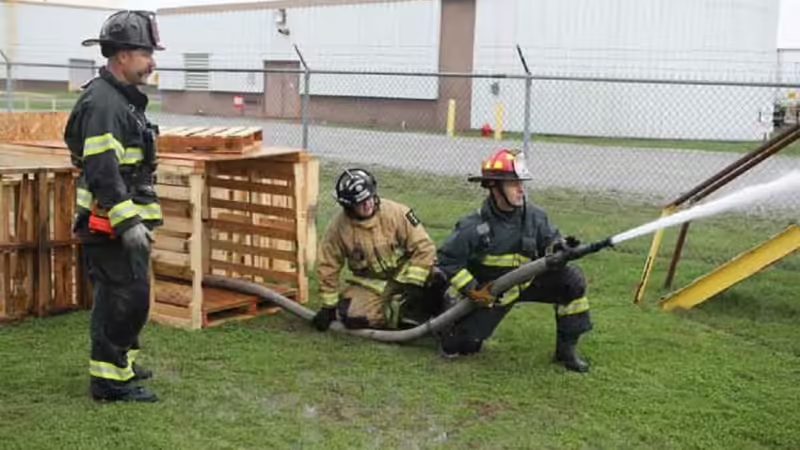1976 Harley XLH 1000 Valve Guide Seals: An Essential Guide for Restoration and Maintenance

The 1976 Harley-Davidson XLH 1000 Ironhead Sportster. A model celebrated for its classic design and rugged performance, remains a cherished piece of motorcycle history. One of the critical aspects of maintaining an older engine. Such as the XLH 1000, involves ensuring the valve guide seals are in optimal condition. These seals prevent oil from entering the combustion chamber and play a vital role in preserving engine performance. This guide explores the valve guide seals, their function, replacement tips, and the benefits of maintaining these components on a 1976 Harley XLH 1000.
Understanding Valve Guide Seals on the 1976 Harley XLH 1000
In any internal combustion engine, valves play an essential role in controlling the flow of air and fuel into the combustion chamber and the expulsion of exhaust gases. Valve guide seals, or valve stem seals, are located at the top of the valve guide and form a seal around the valve stem. This seal prevents excess oil from entering the combustion chamber. Which could lead to oil burning and increased emissions, while also ensuring adequate lubrication.
In the 1976 Harley XLH 1000, which features the iconic Ironhead engine, the valve guide seals play a crucial role. The Ironhead engine, known for its raw power and distinctive sound, relies on these seals to maintain performance and efficiency. Over time, however, these seals can wear out due to heat, friction, and aging, leading to issues such as excessive oil consumption, poor performance, and potential engine damage.
Common Signs of Worn Valve Guide Seals on the XLH 1000
Recognizing the signs of worn or failing valve guide seals can help you address issues early and preserve the health of your 1976 XLH 1000 engine. Here are some of the most common indicators:
- Excessive Exhaust Smoke: If you notice blue or gray smoke coming from the exhaust, especially when starting the bike. It may indicate that oil is leaking past the valve guide seals into the combustion chamber.
- Increased Oil Consumption: Failing seals allow more oil to enter the combustion chamber, which can lead to unusually high oil consumption. Frequent top-offs could be a sign that valve guide seals are worn.
- Reduced Engine Performance: Poorly functioning seals can lead to engine misfires, rough idling, and reduced power output as oil mixes with fuel in the combustion chamber, interfering with optimal combustion.
- Carbon Deposits on Spark Plugs: Oil leaking past worn seals can create carbon buildup on spark plugs, causing them to foul. This can lead to hard starts, rough running, and eventually cause the bike to stall.
Replacing Valve Guide Seals on a 1976 Harley XLH 1000
Replacing valve guide seals on a 1976 Harley XLH 1000 requires precision and the right tools. Since these seals are crucial for controlling oil flow, ensuring a proper installation is essential. Here’s an overview of the steps involved in replacing these seals:
Preparation and Disassembly
- Gather Tools: You’ll need a valve spring compressor, new valve guide seals, and basic hand tools to disassemble parts of the engine.
- Remove the Cylinder Head: Begin by safely disassembling components to reach the cylinder head, taking care to follow the manufacturer’s specifications.
- Compress the Valve Springs: Use a valve spring compressor tool to remove the valve springs, allowing access to the old seals. Be careful, as the valve springs are under pressure.
Removing the Old Valve Guide Seals
- Carefully remove the old valve guide seals without damaging the valve stems or surrounding components. It’s essential to inspect the valve stems and guides for wear or damage, as these may also need replacement or repair.
Installing New Valve Guide Seals
- Apply Lubrication: Lightly lubricate the new seals to ease installation and reduce the risk of tearing.
- Position the Seals: Press the new seals onto the valve guides using appropriate tools to avoid damaging the seals during installation. Ensuring a secure and proper fit is essential to prevent future leaks.
- Reassemble Components: Once the new seals are in place, reassemble the valve springs, cylinder head, and other components. Following the manufacturer’s torque specifications for bolts and fasteners.
Testing and Final Adjustments
- After reassembly, start the engine and monitor for any signs of exhaust smoke or oil leaks. A test ride may also help confirm that the bike is running smoothly and that the seals are working effectively.
Benefits of Maintaining Valve Guide Seals on the 1976 XLH 1000
Maintaining or replacing valve guide seals on the 1976 Harley XLH 1000 offers multiple advantages, especially for those who take pride in keeping their vintage bike in top condition.
- Improved Engine Efficiency: With effective valve guide seals, oil consumption is reduced, helping maintain the engine’s efficiency and performance.
- Reduced Emissions: Properly functioning valve guide seals help reduce oil burning and emissions. Which can also benefit the environment and improve compliance with emission standards.
- Enhanced Longevity: Preventing excess oil from entering the combustion chamber reduces the risk of carbon buildup and wear on other engine components, which can extend the life of the engine.
- Preservation of Vintage Value: Keeping the valve guide seals and other engine parts in excellent condition helps preserve the motorcycle’s value and ensures it remains a prized piece for collectors and enthusiasts.
Selecting Quality Valve Guide Seals
When selecting replacement seals for the 1976 Harley XLH 1000. It’s essential to choose high-quality seals that are compatible with the Ironhead engine’s specifications. Many aftermarket options are available, but opting for reputable brands or OEM parts can help ensure durability and performance. Consult with Harley-Davidson specialists or vintage bike mechanics if you’re uncertain about the best seals for your specific model.
Conclusion
The 1976 Harley XLH 1000 is more than just a motorcycle. It’s a vintage treasure that carries the legacy of Harley-Davidson’s Ironhead engines. Ensuring your valve guide seals are in good condition is essential to maintaining engine performance and extending the bike’s life. By understanding the signs of wear, following a careful replacement process, and choosing high-quality parts. You can keep your XLH 1000 running smoothly for years to come, preserving both its functionality and historical value. For owners and enthusiasts, taking these steps can make all the difference in the preservation and enjoyment of this classic Harley-Davidson.
![]()






